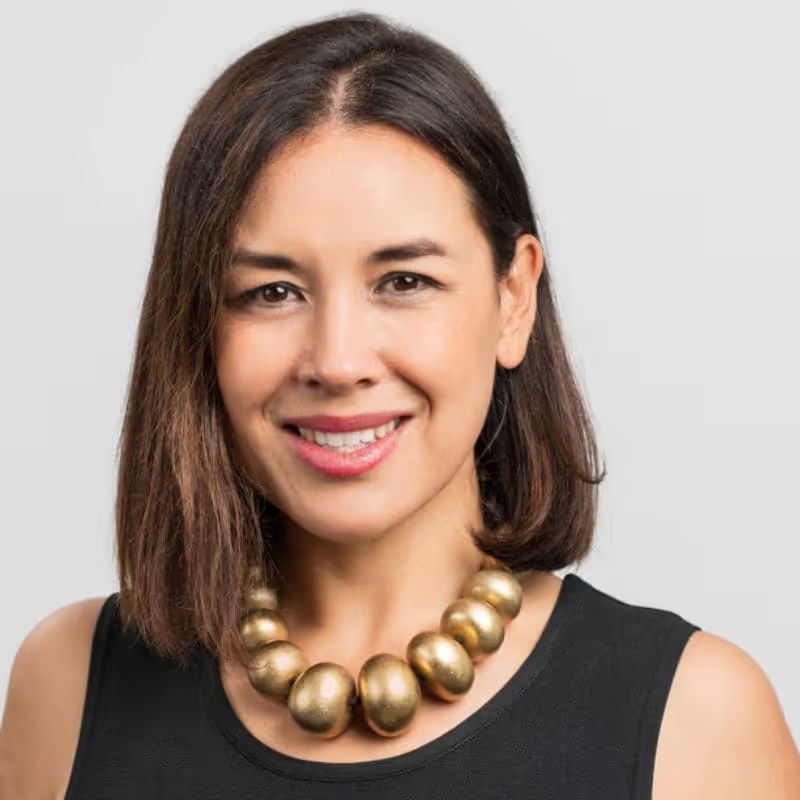Impact funds remain a relatively new and evolving concept for many in the market. While they are often grouped under the broader umbrella of ESG or sustainability, they differ in a fundamental way. ESG investing typically channels capital into companies that present lower environmental, social, or governance risks—essentially aligning portfolios with sustainability themes. But impact investing has a framework that goes much further. It seeks to drive systemic change, not merely capture a 'sustainability bucket'.
The definition of impact is now broadly understood: the intentional allocation of capital to generate measurable, positive social and environmental outcomes alongside financial returns. Crucially, these outcomes rarely manifest in the short term. Therefore, instead of evaluating an impact fund solely by its immediate outputs, it is more instructive to assess the underlying framework—its theory of change, engagement strategy, and capital deployment. These elements reveal whether the fund is genuinely planting the seeds for long-term, systemic transformation and delivering shared value.
Every investment we make is grounded in a clearly articulated theory of change. We begin by identifying a specific problem, outline potential solutions, and then develop an investment and engagement roadmap that aligns capital accordingly. This approach almost always requires multi-stakeholder collaboration—which we see as the cornerstone of effective impact. True systemic change demands active coordination with concessional capital providers (e.g. government grants), policy influencers (e.g. regulators, think tanks), NGOs, and other private capital sources. Unless a fund recognises its role within a broader ecosystem and engages accordingly, its ability to influence systems-level outcomes will remain limited.
This is a key distinction between ESG and impact investing. ESG investing typically involves one-dimensional engagement—focused solely on the corporate entity. But if we aim to change the system itself from within the system, we must ask: how do we shift incentives, so companies are compelled to deliver social or environmental value alongside financial returns? Or put another way, what needs to occur outside the realms of the company’s operations to incentivise the company to deliver social and environmental outcomes simultaneously alongside financial returns?
The answer lies in adopting a system stewardship approach or finding multiple stakeholders that are all “pushing on the same door”—an engagement model that allows boards and management to meet their fiduciary duties to shareholders while also aligning with broader societal and planetary interests. In other words: how can we design financial incentives so companies act in the best interests of all stakeholders—not just shareholders—and the planet?
When it comes to measuring impact in listed markets, the key question is: what would have happened if our capital hadn’t been invested? Assessing this counterfactual requires a nuanced understanding. We evaluate both the intrinsic impact of the companies we invest in, and the additionality we bring whether it be cornerstone new capital raises (the company would not have otherwise been funded); multiple stakeholder collaboration and connections; sharing of valuable knowledge across private and public sector stakeholders; working alongside NGOs pushing on the same doors as the private operators.
Furthermore, the timing and nature of capital matters. When we participate in primary raises—capital earmarked for growth—it directly funds R&D, capex, and operational activities that enhance the company’s impact footprint.
Of course, the most readily quantifiable impacts are often tied to what the company produces—the products, services, and solutions it delivers. But the full measure of impact includes not only what the company does, but how and why we, as investors, enable it to do more and do better.
At the RIAA Conference Australia in May, I joined a panel of experts where we discussed the advantages and challenges of pursuing impact across various asset classes, from private equity to index investments to fixed income. If you attended the conference, please check your emails for a link to view the recording of the ‘Bonds, credit, private equity, public equity: Pursuing impact across asset classes’ session.
<hr>
<small> Disclaimer: The views and opinions expressed in this article are solely those of the author(s) and do not necessarily reflect the view or position of the Responsible Investment Association Australasia (RIAA). This article is intended as general information and should not be considered investment advice. It is recommended to seek appropriate professional advice before making any investment decisions.

Co Portfolio Manager
,
NorthStar Impact Funds
Claudia has 20 years of experience as a business and investment professional with extensive experience in stock research. Prior to joining NorthStar Impact, she was a Senior Investment Analyst with Morphic Asset Management, a global equities ethical investor. Prior to that she spent the majority of her career working at Morgan Stanley in Equity Sales. Claudia has a Bachelor of Business / Bachelor of Arts in International Studies (Accounting, Finance, Mandarin) from University of Technology, Sydney.

.avif)
.jpg)
.jpg)
.jpg)